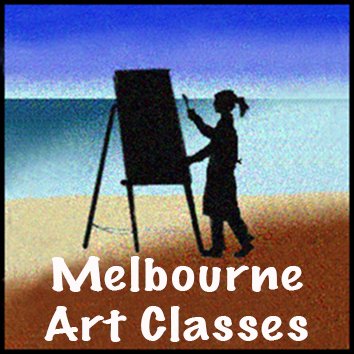If you don’t have a black and a white conté or charcoal, you could use 2b and 8b graphites.(a battery-operated eraser would also be very handy.)
After drawing a simple outline, the exercise here is to look for dark, medium and light values and using your white & black french conté pencils, shade the labrador with fur-like strokes.(in the right direction) If you want to do a brown lab, alternate sanguine conté if you have it.
Use a clean end of your paper stump for blending white, and the other end for black. Use your sandpaper to keep the paper stump clean, or allow one end to build up media and it can be a soft drawing tool as well. Blend the conté (chalk pastel) well and do further layers until you feel like your dog has a full range of values, from black through to light grey (the only white might be the highlights in the eyes).
The soft focus background could be lightly ‘smooshed’ in with a paper towel (or a loaded paper stump) in the second last phase.
🟣 In terms of perceiving the shapes and proportions accurately, in this photo, you see the artist ‘measuring’ the length of the head as a gauge for the other proportions of the figure. This is helpful when drawing from life, close one eye and get a basic ‘unit' to compare every other shape to.
🟣 I have created a black-and-white version of the colour reference and added in cross hairs, so that each quadrant outline can help with measuring shapes, proportions and angles
🟣 Then I have created another reference using red outlines to make four basic shape outlines in which I could then individually refine the edges and shapes one at a time. Some people use just circles and ovals, then refine them one by one. The point is to find a way that suits you to break down the gestalt (the entire image) into a small number of manageable shapes, get the proportions and angles right, and then refine the details of each section one by one
🟣 Lastly, I show an upside-down image, as some people like to engage their imagination (right side of the brain) by squinting and seeing the image as abstract shapes and drawing the negative space behind the subject first. Practise all methods with the same subject and find which you prefer.





